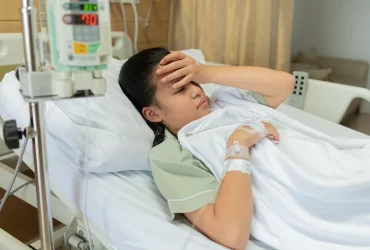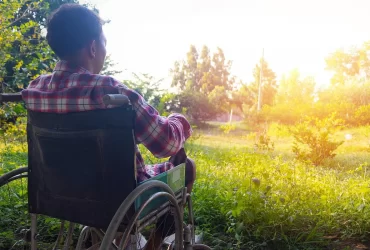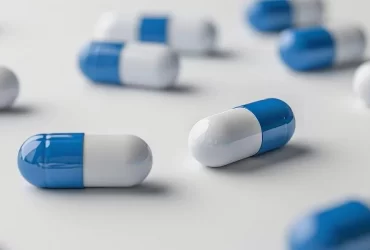In studies not testing for therapeutic effect, high-concentration THC products had unfavorable links with psychosis, schizophrenia
Significant disparities in accessing treatment seen among teens based on residence, gender, and race
Positive correlations seen for depression, anxiety, posttraumatic stress disorder, among other conditions
Findings show these boarding experiences lasted more than two days for Medicaid-enrolled youths in 2022
Low adverse childhood experiences and high positive childhood experiences together reduced disordered eating by 20 to 41 percent
Female students have higher rates of anxiety, depression than male students, regardless of autism status
Researcher says antenatal care should empower women before childbirth
Findings seen across timepoints and disability categories
Event rates were lower during oseltamivir-treated influenza periods and posttreatment periods vs. untreated influenza
Exposure to childhood physical or verbal abuse similarly linked to lower mental well-being in adulthood











